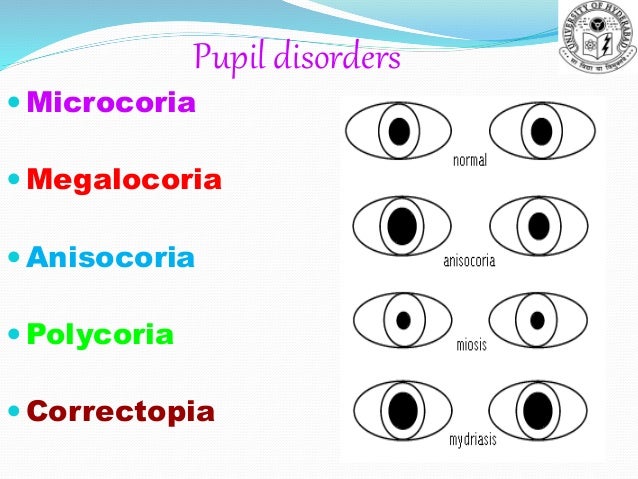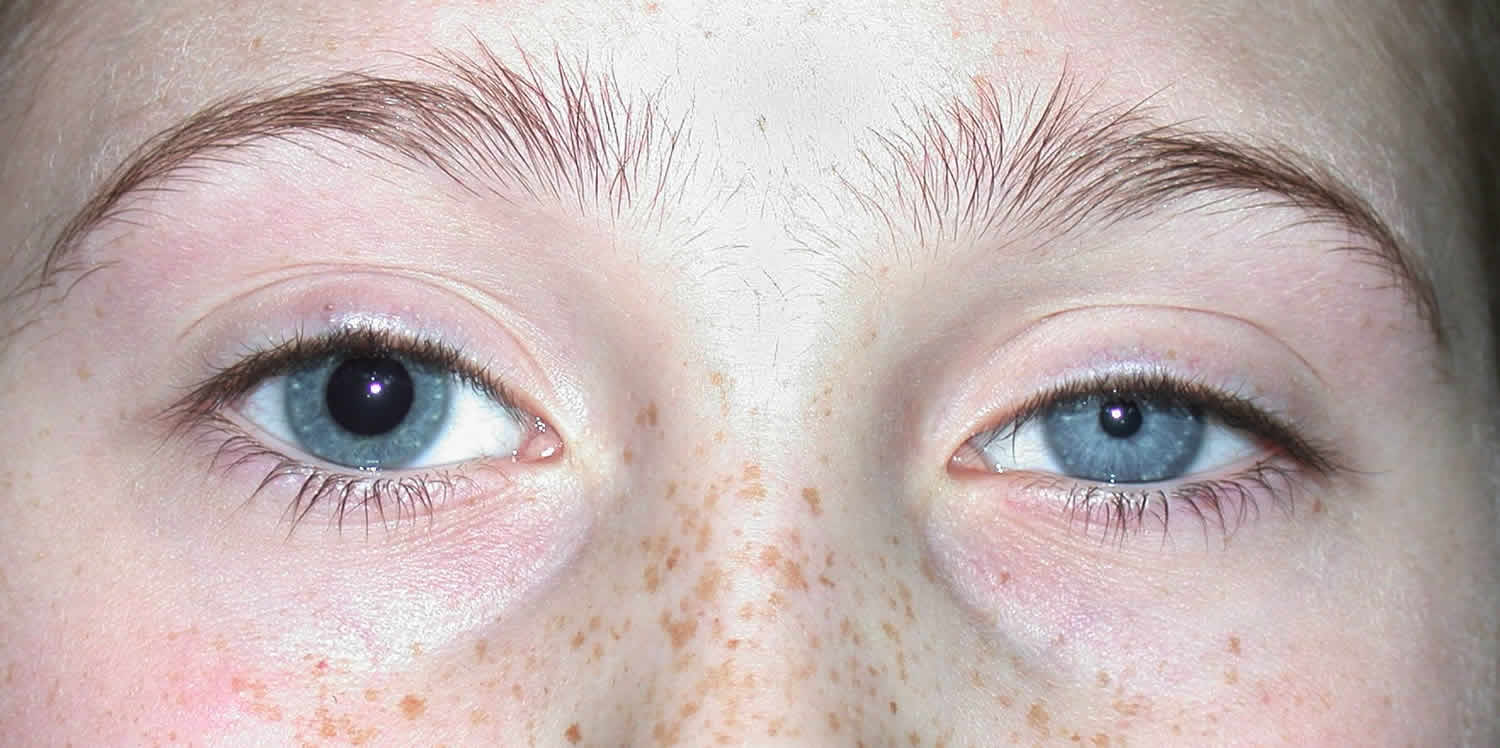

In most cases, the cause of Adie's tonic pupil is unknown. In 80% of cases, only one eye is affected, resulting in anisocoria.
/illo-what-can-my-pupil-eye-size-tell-me-about-my-health-342186-59b1afd322fa3a0011f43d91.png)
Adie’s tonic pupil occurs primarily in women between the ages of 20 to 40 years. The affected pupil also reacts poorly to light. Adie’s tonic pupilĪdie’s tonic pupil is a dilated pupil caused by damage to nerve fibers that control muscles in the eye that constrict the pupil. But in some cases, no cause can be found. Horner's syndrome typically is caused by an underlying medical problem, such as a stroke, tumor or spinal cord injury. A pupil affected by Horner's syndrome generally takes 10 to 20 seconds to dilate in dim lighting or a darkened room. Normal pupils (including normal pupils that are slightly unequal in size) dilate within five seconds of room lights being dimmed. Horner's syndrome also affects how quickly the smaller pupil dilates in dim lighting. Miosis (constriction of one pupil), causing anisocoriaįacial anhidrosis (loss of sweating around the affected eye) Most people with Horner’s syndrome have these three signs: In some cases, anisocoria from iritis can remain after the iritis has been successfully treated. Your eye doctor can treat the symptoms of iritis while the underlying cause of the condition is determined and controlled. Iritis has many causes, including eye infection, underlying inflammatory diseases and trauma. Acute iritis is characterized by:Ī smaller pupil in the affected eye (anisocoria) Iritis is a form of uveitis (an inflammatory disease of the eye). Examples of conditions that cause anisocoria include: Iritis Pathologic anisocoria is different pupil sizes due to an underlying condition or disease. SEE RELATED: Small pupils: What do they mean? Pathologic anisocoria Bottom: Anisocoria with one pupil smaller than normal. Middle: Anisocoria with one pupil bigger than normal. It may be intermittent or constant, and sometimes it goes away on its own. The exact cause of simple anisocoria is unknown. The presence of simple anisocoria does not appear to be influenced by sex, age or eye color. In simple anisocoria, the difference in pupil size is usually 1 millimeter (mm) or less, and both pupils react normally to light. It’s a benign (harmless) condition that affects approximately 20% of the population. Simple anisocoria - also called essential anisocoria or physiologic anisocoria - is the most common type of anisocoria. But if it occurs suddenly, this can be a sign of a serious medical condition and you should see an eye doctor immediately.Īnisocoria is pronounced “an-eye-so-CORE-ee-ah”. In most cases, anisocoria is mild, constant and no cause for concern.

One pupil may be bigger than normal, or one pupil may be smaller than normal, resulting in unequal pupils. The links above will provide you with more detailed information on these medical conditions to help you inform yourself about the causes and available treatments for these conditions.Anisocoria is different pupil sizes in each eye. Understanding your symptoms and signs and educating yourself about health conditions are also a part of living your healthiest life. The risk of stroke can be reduced by controlling high blood pressure, high cholesterol, diabetes, and stopping smoking.Īt MedicineNet, we believe it is important to take charge of your health through measures such as a living healthy lifestyle, practicing preventative medicine, following a nutrition plan, and getting regular exercise. Treatment may include administration of clot-busting drugs, supportive care, and in some instances, neurosurgery. Symptoms of a stroke may include weakness, numbness, double vision or vision loss, confusion, vertigo, difficulty speaking or understanding speech.Ī physical exam, imaging tests, neurological exam, and blood tests may be used to diagnose a stroke. A stroke is an interruption of the blood supply to part of the brain caused by either a blood clot (ischemic) or bleeding (hemorrhagic).


 0 kommentar(er)
0 kommentar(er)
